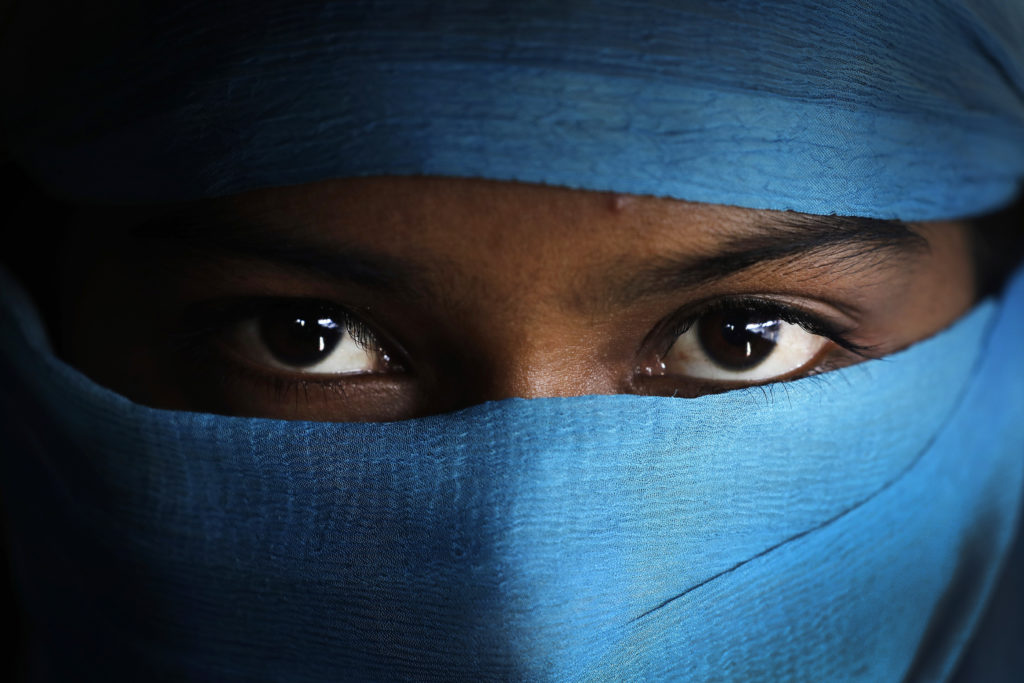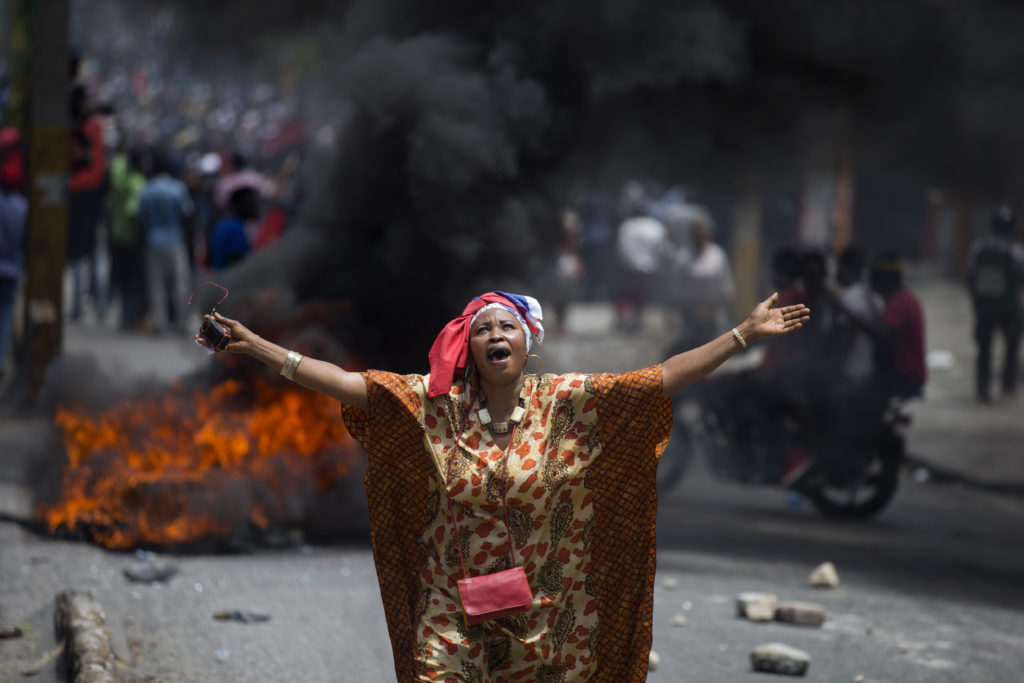Photo Op: FotoFocus Symposium Breaking News Panel Q&A
Posted on April 7, 2022
FotoFocus met up with two of the participants from its “Breaking News” symposium panel to be held April 9 at Memorial Hall. Associated Press photojournalists Maye-E Wong and Dieu-Nalio Chery address misconceptions about the field and share some best practices for how to approach their photography subjects.
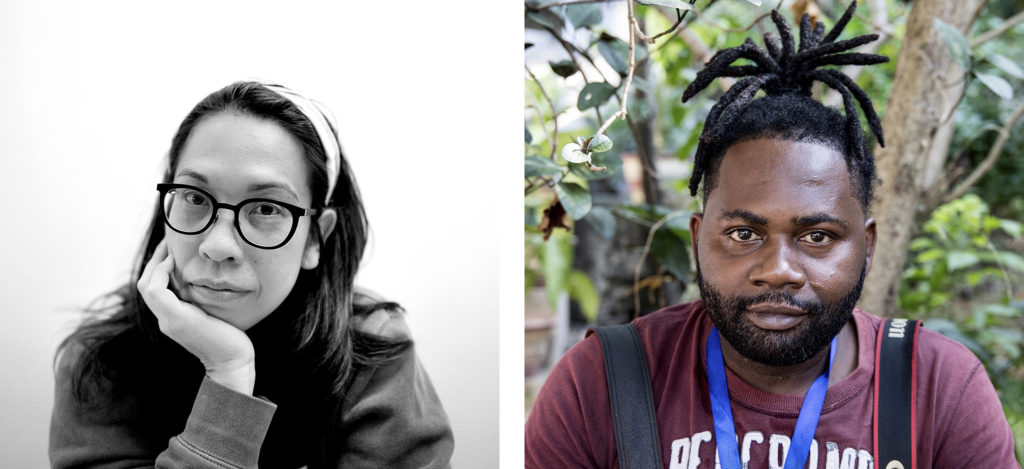
The FotoFocus Symposium: Telephotography includes a “Breaking News” panel that tackles the vital part that photojournalists play in today’s global 24-hour news cycle.
Photojournalists document all manner of important world happenings, from political moments to major sporting events—even to acts of violence that affect everyday people. Photographers work alongside reporters and writers to tell those stories in all their complexity.
For its symposium, FotoFocus has invited distinguished photojournalists, staff photographers, and photo editors to make up its “Breaking News” panel on April 9 at Memorial Hall. To preview this discussion, two of the panelists—Associated Press photojournalists Maye-E Wong and Dieu-Nalio Chery—address misconceptions about the field and share some best practices for how to approach their photography subjects.
FotoFocus: Why is it important for photojournalists to share their experiences in settings like this symposium?
Maye-E Wong: I feel like it’s a responsibility for me to share the work I do to try to help the general public understand the different parts of how we shape our visual culture. I always tell people that we learn to draw before we learn to write.
FF: Photojournalists often risk their own safety to document ongoing news events. What role does photojournalism have in news writing and storytelling?
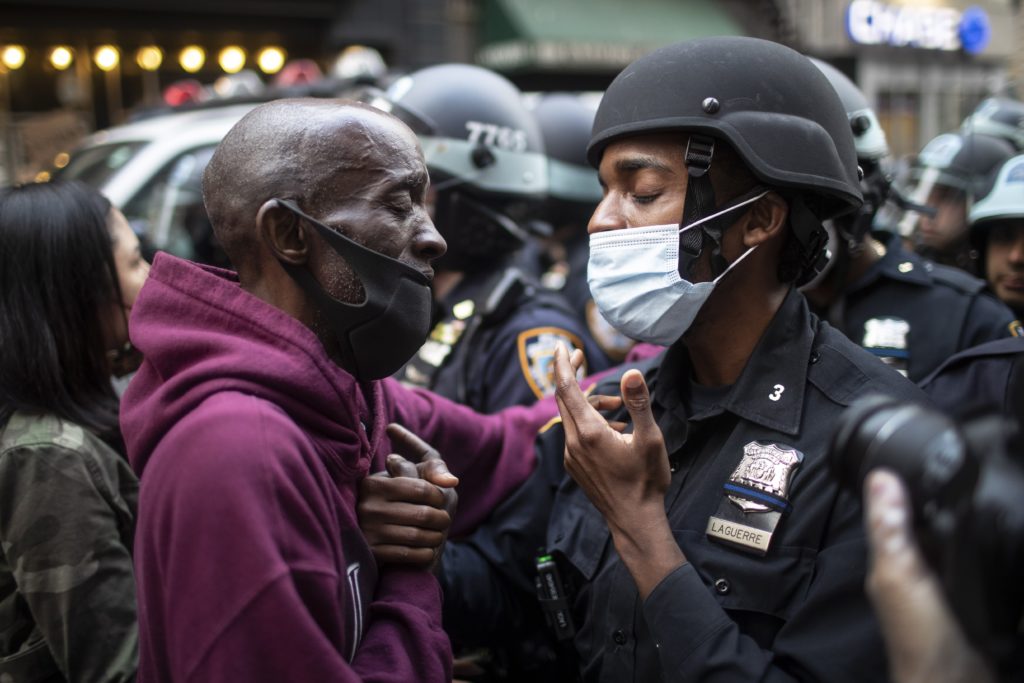
Dieu-Nalio Chery: Photojournalists witness all good, bad, and difficult situations, capturing an emotional moment that lasts less than a second. It’s risky, but we are the witnesses and the archive of society.
Wong: When you get a good partner to work with, it’s amazing because you’re working towards the same goal. Their way of asking questions helps to shape your photos. The photos have to be complementary to the story but not repetitive. They add an extra layer of texture. If you can marry art and moment and action, then your picture will stand out.
FF: Describe a logistical challenge of this kind of photography.
Chery: [It’s a] really fast process. Taking a picture is not so hard, but selecting the picture is. [You] review thousands to choose just 10–15 pictures. After that you have to check and recheck again all day, the person, the time, everything. [Your manager will be] questioning you about [the] photo caption. You get the training for that because you have to know how to work under pressure in a little amount of time. It’s a habit. There’s a lot to learn on the ground.
Wong: There’s a lot of integrity involved with the person that’s taking the photo. You cannot be biased, which is really hard. [We must] remember that it’s not about us [and] to speak to the truth at the core of the story.
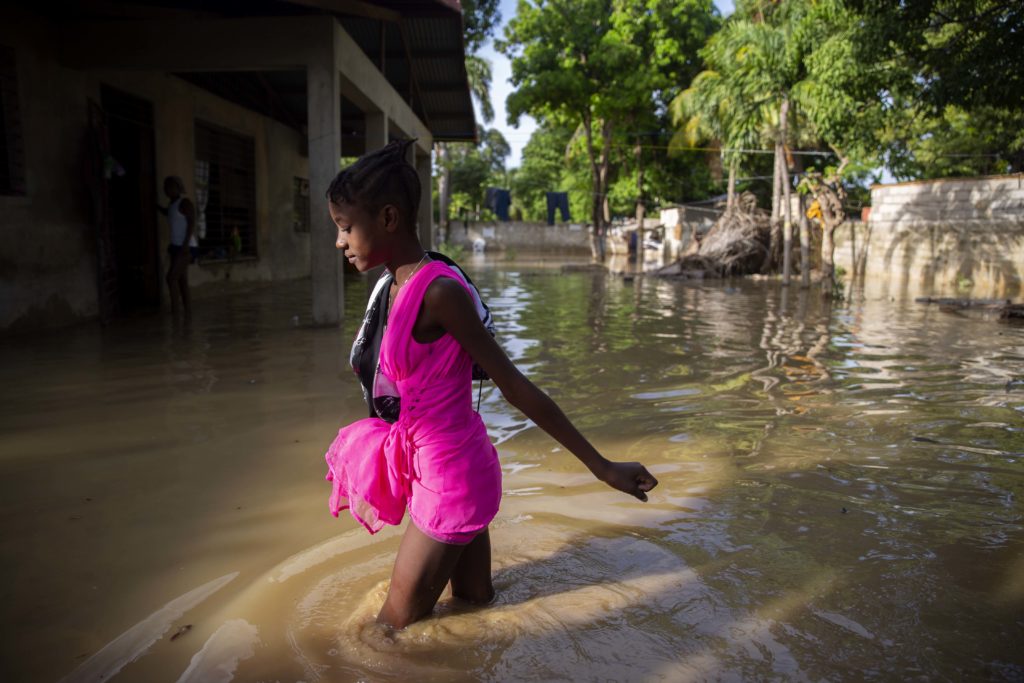
FF: What’s one thing that you’d like the general public to know and understand about breaking-news photojournalism?
Chery: [It] isn’t as easy as people think, but it is a profession where people who practice it have a lot of passion for it.
Wong: [Photojournalists] have to use our tools to record what’s happening in the most accurate possible way. A lot of people say, ‘Oh this shot is great. How did you set it up?’ And I don’t look down on them; I don’t judge them. I think there’s just a misunderstanding because people don’t realize that as journalists, we have to be accurate and objective. We’re not allowed to set up a perfect moment.
EVENT DETAILS
FotoFocus Symposium: Telephotography Panel
Breaking News, April 9, 3:30pm
FotoFocus Symposium
April 9 at Memorial Hall, 1225 Elm Street
April 10 at The Garfield Theatre, 719 Race Street
Click here for the full symposium schedule.
Click here for biographies of the panelists.
